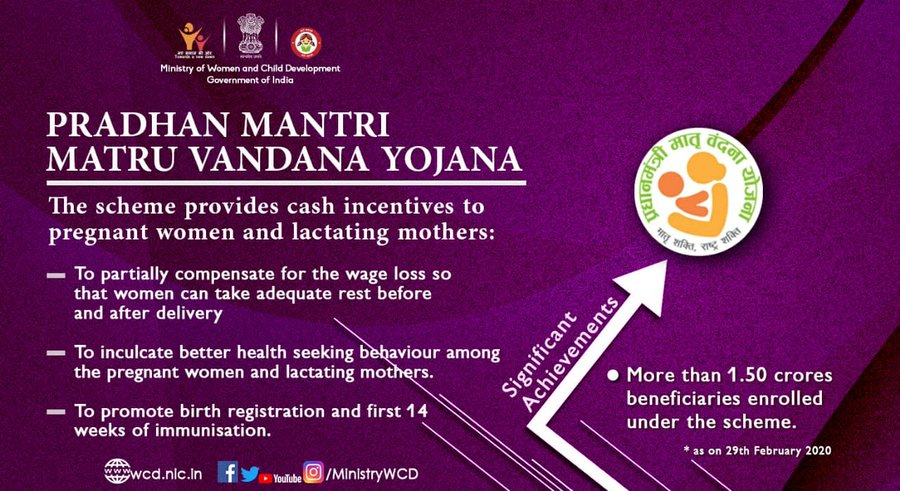Free Courses Sale ends Soon, Get It Now


Free Courses Sale ends Soon, Get It Now



Copyright infringement is not intended
Context: The Ministry of Women and Child Development presented the details on the implementation of Pradhan Mantri Matru Vandana Yojana in the Lok Sabha.
Details
About Pradhanmantri Matru Vandana Yojana
Concerns
Steps taken by the Government
Way Forward
https://www.pib.gov.in/PressReleasePage.aspx?PRID=1809690
© 2024 iasgyan. All right reserved